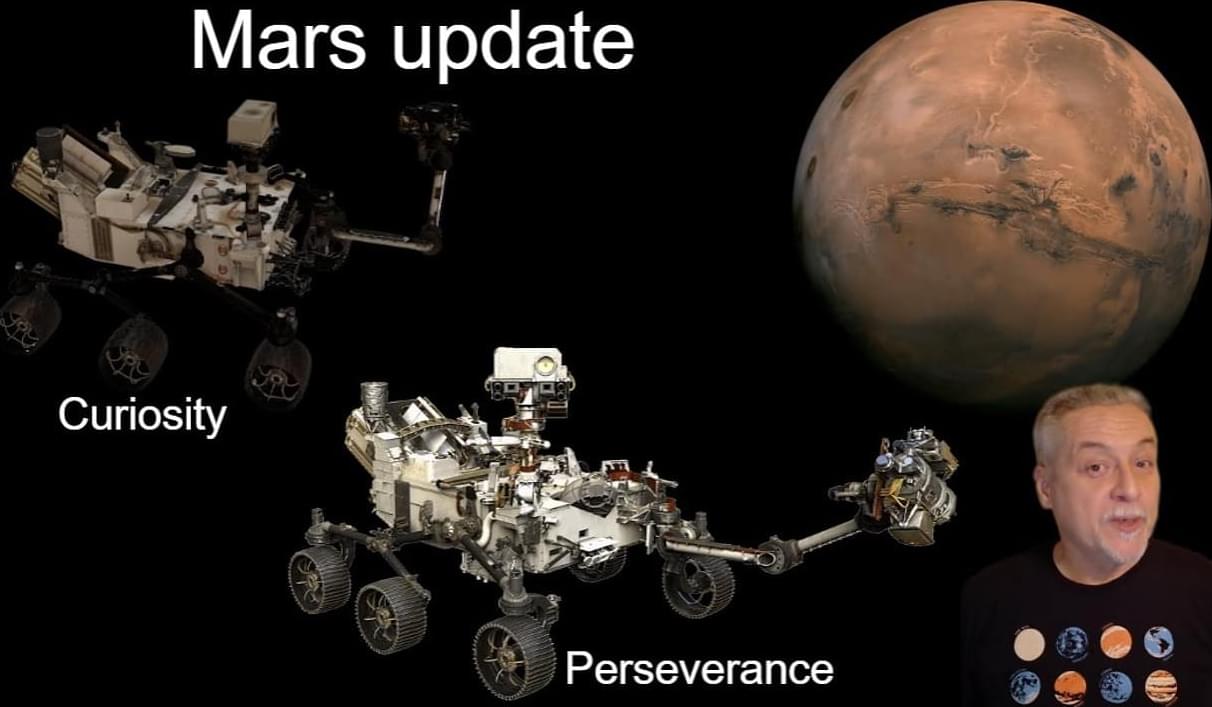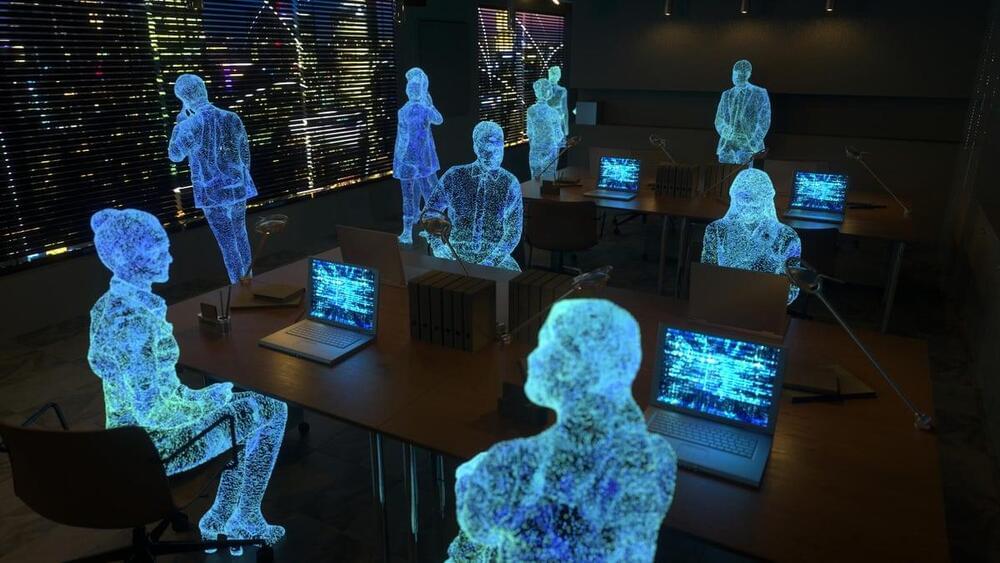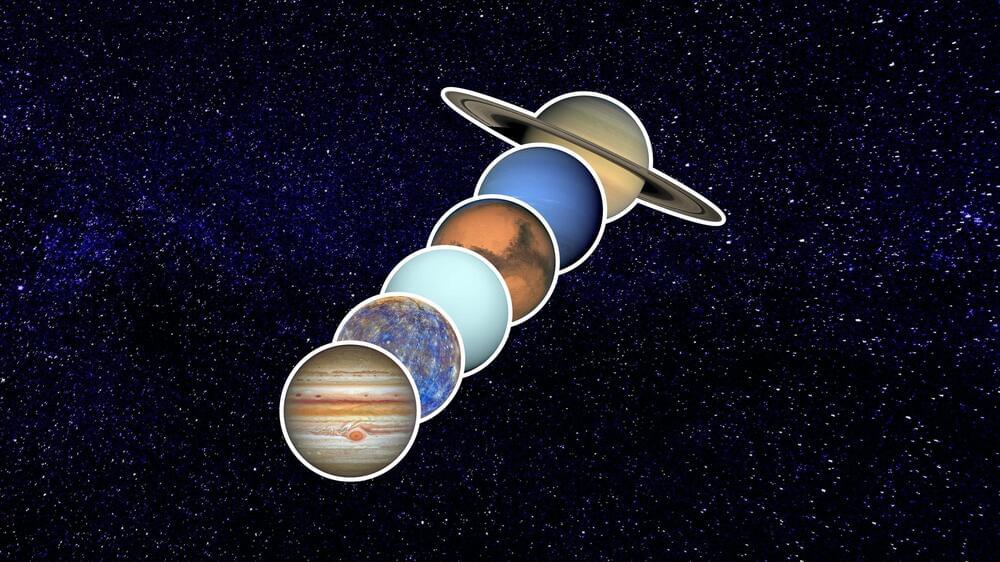Premiere starts in 10 minutes!
Join aerospace engineer Mike DiVerde for the latest updates from NASA’s Mars rovers! Get an insider’s look at Curiosity’s challenging journey through Gale Crater’s rocky terrain and Perseverance’s exciting expedition toward Witch Hazel Hill in Jezero Crater. This episode features exclusive Mars photos, current Martian weather readings, and fascinating details about Mars surface conditions that space enthusiasts won’t want to miss. Learn about the latest Mars discoveries as we explore real-time rover updates and the cutting-edge space technology that makes robotic exploration possible. Whether you’re interested in planetary science or simply curious about what’s happening on the Red Planet, this comprehensive Mars exploration update delivers the most recent findings from our mechanical explorers on Mars.









